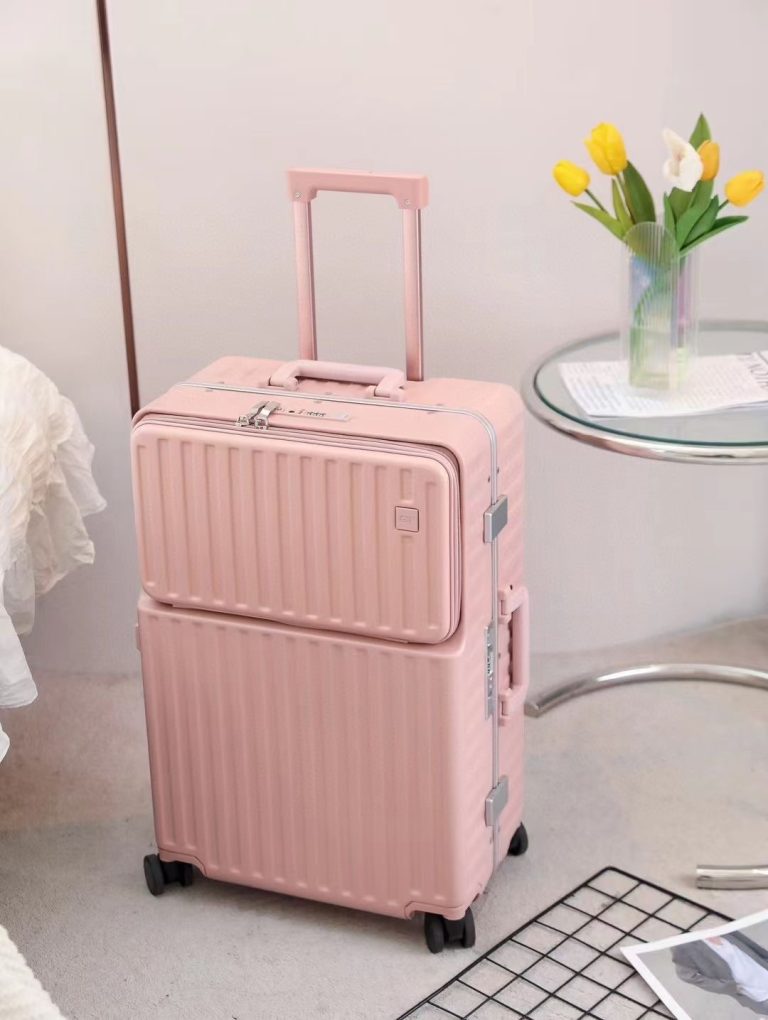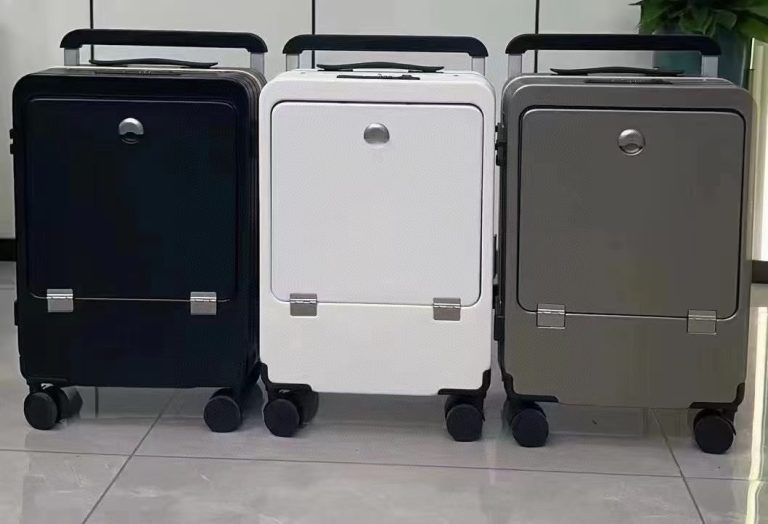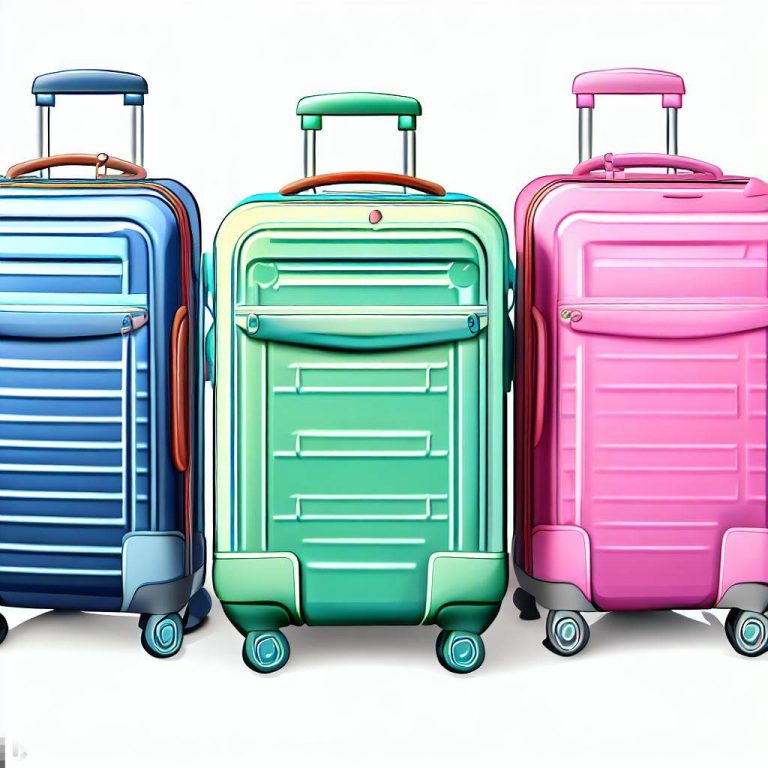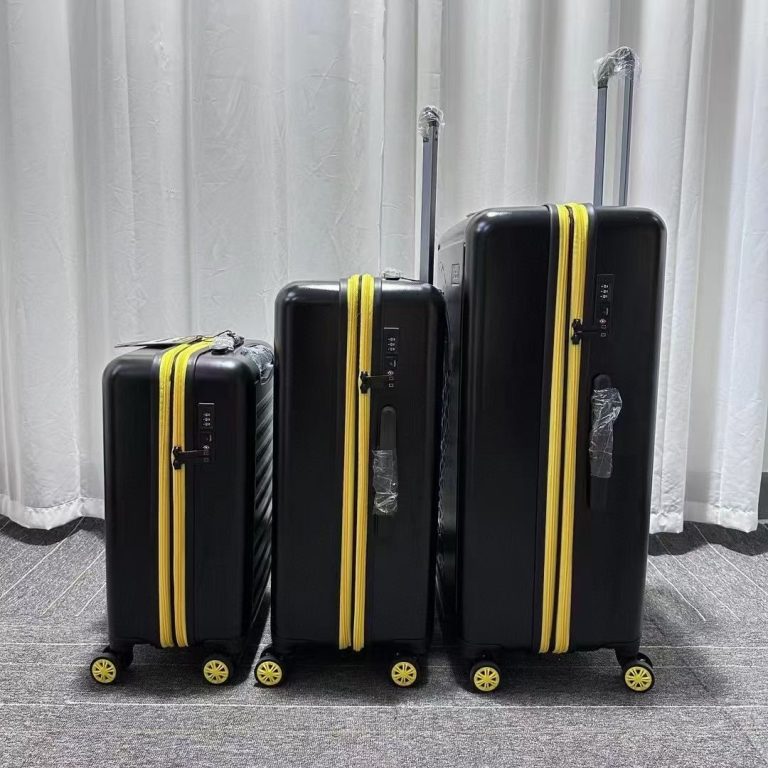Meticulous material choices are a critical aspect of being a high-quality luggage manufacturer. The materials you select can significantly impact the durability, aesthetics, and overall quality of your luggage. Here are some secrets to making exceptional material choices:
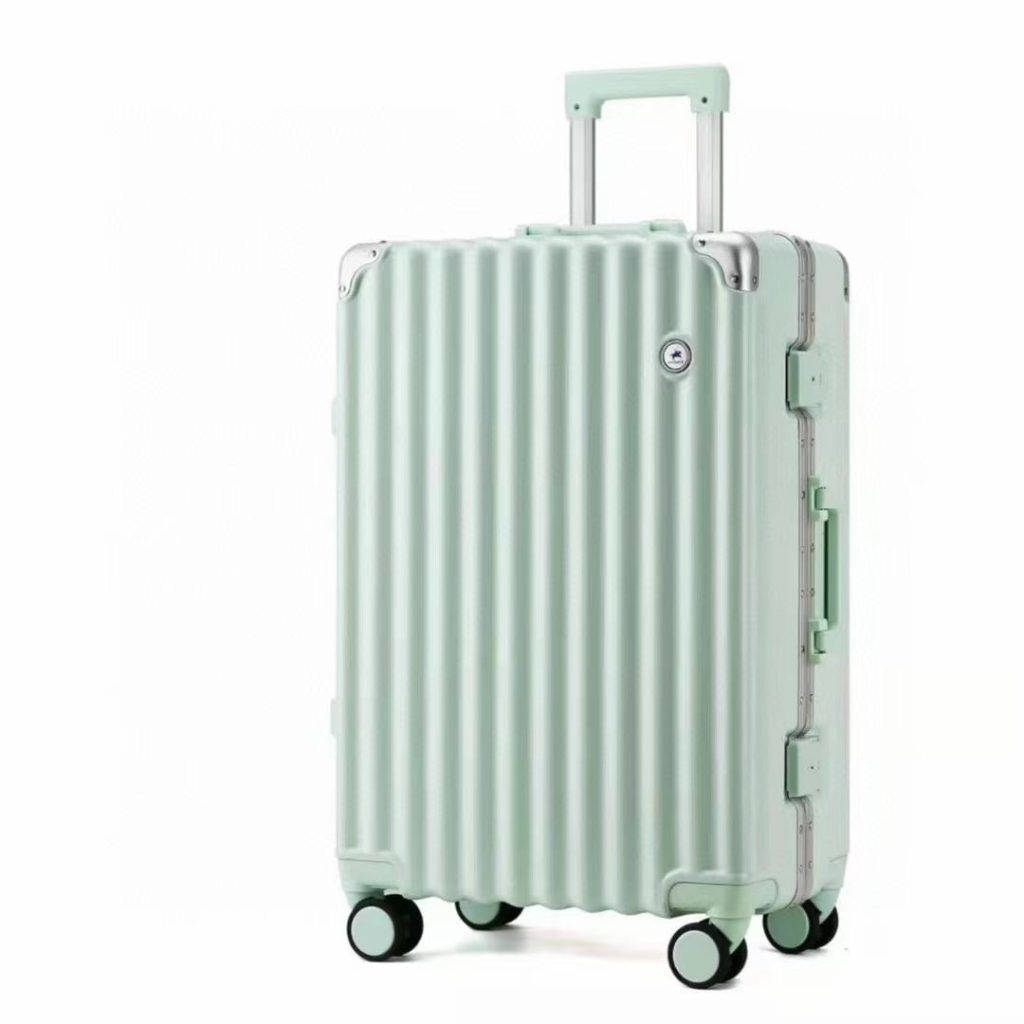
- Research and Development: Invest in research and development to identify and test new materials and technologies that can enhance your luggage. Stay up-to-date with innovations in materials science and manufacturing.
- Durability First: Prioritize durability when selecting materials. Luggage needs to withstand the wear and tear of travel, so choose materials that are known for their strength and longevity. Options like polycarbonate, ballistic nylon, and Cordura fabric are excellent choices.
- Weight Consideration: Balance durability with weight. Lightweight materials are essential for modern travelers who want to avoid excess baggage fees. Look for lightweight, high-strength materials that can reduce the overall weight of your luggage.
- Aesthetic Appeal: Choose materials that not only perform well but also look good. The visual appeal of your luggage can be a significant selling point. Leather accents, textured fabrics, and attractive colors can enhance the overall design.
- Eco-Friendly Options: Consider eco-friendly materials and manufacturing processes. Sustainable materials, recycled fabrics, and water-based coatings can appeal to environmentally conscious consumers.
- Water and Weather Resistance: If applicable, select materials that provide water and weather resistance. This is especially important for outdoor and adventure-oriented luggage. Waterproof zippers and treated fabrics can keep the contents dry.
- Hardware and Fasteners: Pay attention to the quality of hardware and fasteners. High-quality zippers, buckles, and handles contribute to the overall durability and functionality of the luggage.
- Lining and Interior Materials: Choose lining and interior materials that protect the contents and enhance organization. Soft, scratch-resistant linings, and well-designed pockets and dividers can improve the user experience.
- Impact Resistance: Consider materials that offer impact resistance. ABS and polycarbonate shells, for example, can help protect fragile items inside the luggage.
- Testing and Certification: Ensure that the materials you use meet industry standards and certifications for durability, safety, and quality. This can add credibility to your brand.
- Customization Options: Offer customization options for materials and colors to allow customers to personalize their luggage. This can also help differentiate your brand.
- Supplier Relationships: Develop strong relationships with reliable suppliers of high-quality materials. Consistency in the quality of materials is crucial for maintaining the excellence of your luggage.
- Cost-Efficiency: While quality is paramount, also aim for cost-efficiency. Efficient sourcing and manufacturing can help you maintain competitive pricing without compromising on material quality.
- User Feedback: Listen to customer feedback regarding material choices. If customers consistently report issues with certain materials, be open to making adjustments in your product lines.
- Prototyping and Testing: Before finalizing material choices for a new luggage line, create prototypes and subject them to rigorous testing to ensure they meet your performance expectations.
- Sustainability Storytelling: If you use sustainable materials, be sure to communicate this in your marketing and branding. Transparency about your material choices can attract environmentally conscious consumers.
Meticulous material choices are a fundamental aspect of creating high-quality luggage. By carefully considering the materials you use and continually seeking improvements, you can establish a reputation for producing luggage that not only looks good but also stands the test of time.

